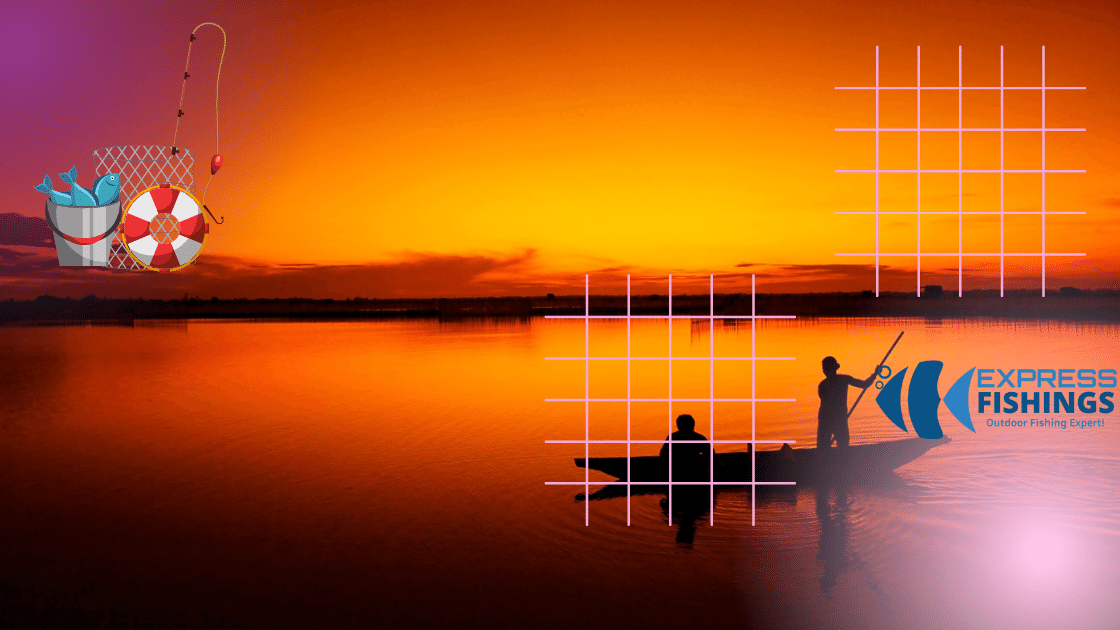There are many steps involved in creating content for your blog post or website – planning out the topic you want to cover, doing research on related topics so that you have sources lined up in advance, and structuring your article so that it flows from point to point. While all these tasks might seem complicated, find out in this article how AI-powered software can actually make them much easier on you!
The different types of fishing reels
Fishing reels come in all shapes and sizes, each designed for a specific type of fishing. Spinning reels are the most popular and versatile, and are ideal for novice anglers. baitcasting reels are great for experienced anglers who want more control over their casts, while fly fishing reels are designed specifically for fly fishing.
Knowing which type of fishing reel to use is essential for a successful day out on the water. So before you head to the tackle shop, brush up on the different types of fishing reels and what they’re best suited for.
How to tie line to a spinning reel?
Are you ready to start fishing with a spinning reel? If so, one of the first things you’ll need to do is tie line to your reel. This process is actually very simple, and only requires a few basic supplies. In no time at all, you’ll be ready to cast your line and start reeling in some fish!
Here’s what you’ll need:
- Fishing line
- Scissors
- A spinning reel
First, cut a length of fishing line that is appropriate for the size of your reel. You’ll want to leave enough line so that you can easily make casts, but not so much that it becomes unmanageable. Once you have your length of line, thread it through the eyelet at the bottom of your reel.
Next, take the end of the line and double it back on itself. This will create a loop which will be used to tie the line to the reel. Once you have created the loop, run the end of the line through it and pull tight. You can then trim off any excess line.
That’s it! You’re now ready to start fishing with your spinning reel. Just be sure to practice casting in a safe area before
How to tie line to a baitcaster reel?
There are several ways to tie line to a baitcaster reel. The most common is the arbor knot, which is simple and effective. Other knots, such as the uni-knot or double uni-knot, can also be used.
The arbor knot is the most common way to tie line to a baitcaster reel. To tie an arbor knot, first make a small loop in the end of the line. Then, wrap the line around the arbor (the spool) and pass the end of the line through the loop. Pull tight and trim the excess line.
The uni-knot or double uni-knot can also be used to tie line to a baitcaster reel. To tie a uni-knot, first make a loop in the end of the line. Then, pass the end of the line through the eye of the hook and back through the loop. Pull tight and trim the excess line.
To tie a double uni-knot, first make a loop in the end of the line. Then, pass the end of the line through the eye of the hook and back through the loop twice. Pull tight and trim the
How to tie line to a fly reel?
If you’re new to fly fishing, one of the first things you need to learn is how to tie line to your reel. It may seem like a simple task, but if it’s not done properly, it can lead to serious problems when you’re out on the water.
There are two main types of knots that can be used to tie line to a reel: the arbor knot and the backing knot. The arbor knot is the most common and is used to attach the backing (the thick, outer layer of line) to the spool of the reel. To tie an arbor knot, follow these steps:
- Double over a length of backing and thread it through the center of the spool.
- Tie an overhand loop in the end of the backing, making sure that the loop is big enough to go over the entire spool.
- Thread the end of the backing through the loop and pull tight. You should now have a secure knot that won’t come undone.
Conclusion
There you have it! Now you know how to tie your line to your fishing reel like a pro. This simple knot will ensure that your line stays secure and doesn’t come undone when you’re out on the water. So next time you go fishing, be sure to use this handy knot-tying technique and enjoy a worry-free day of fishing.





